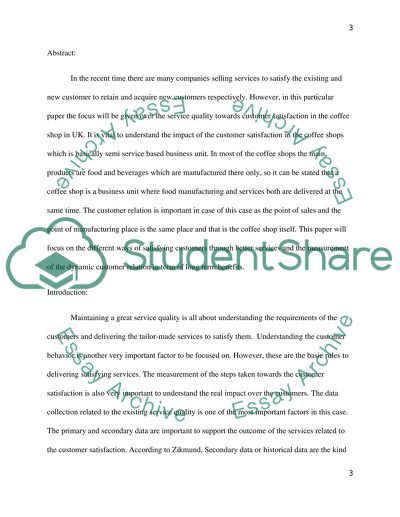Cite this document
(“The dimension of influence customer's satisfaction in UK coffee shop: Dissertation”, n.d.)
Retrieved from https://studentshare.org/family-consumer-science/1407770-the-dimension-of-influence-customer-s-satisfaction
Retrieved from https://studentshare.org/family-consumer-science/1407770-the-dimension-of-influence-customer-s-satisfaction
(The Dimension of Influence customer'S Satisfaction in UK Coffee Shop: Dissertation)
https://studentshare.org/family-consumer-science/1407770-the-dimension-of-influence-customer-s-satisfaction.
https://studentshare.org/family-consumer-science/1407770-the-dimension-of-influence-customer-s-satisfaction.
“The Dimension of Influence customer'S Satisfaction in UK Coffee Shop: Dissertation”, n.d. https://studentshare.org/family-consumer-science/1407770-the-dimension-of-influence-customer-s-satisfaction.


